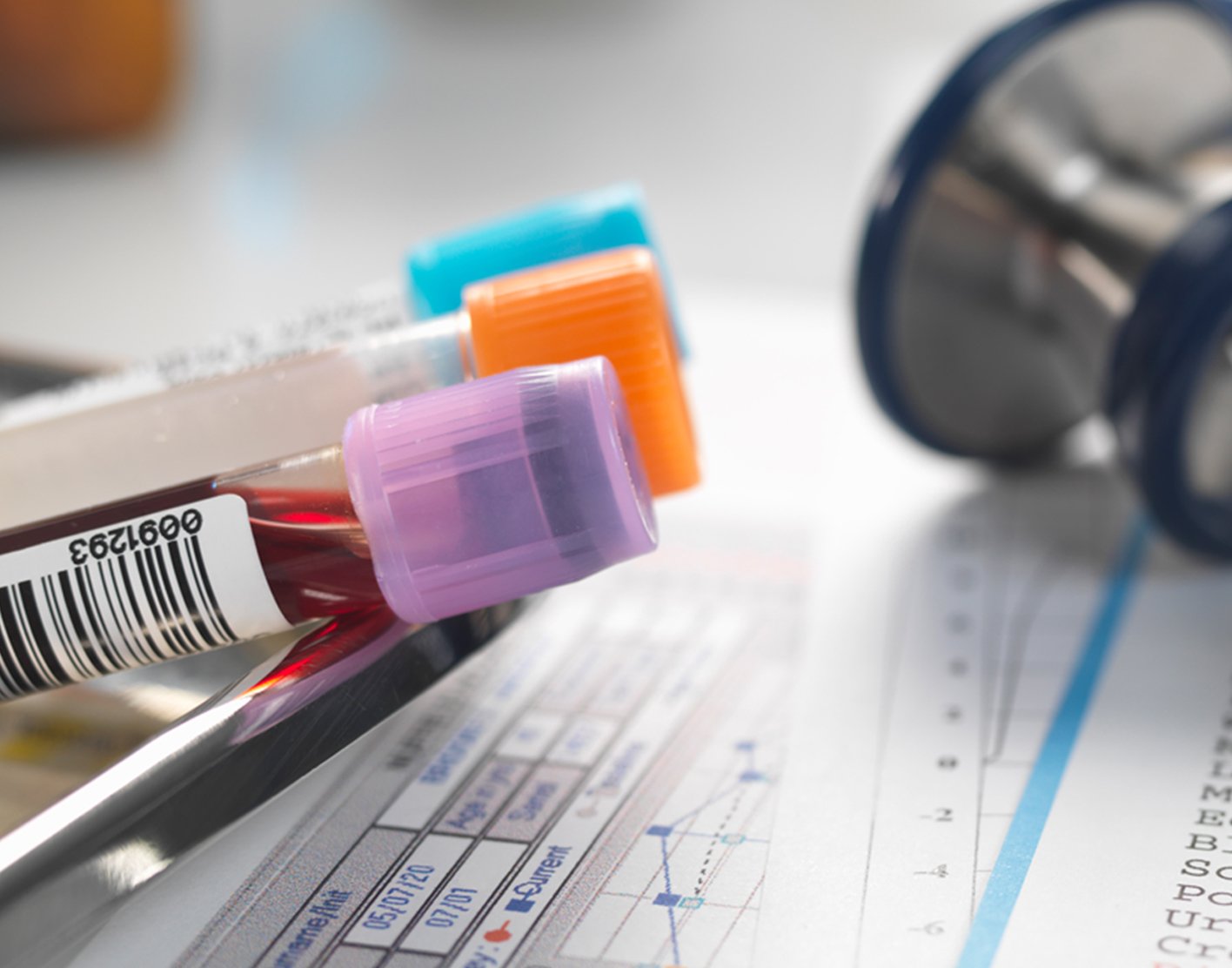
Latex agglutination test
Definition
The latex agglutination test is a test done in a lab to check for certain
How the Test is Performed
The test depends on what type of sample is needed.
- Saliva
Urine Blood - Cerebrospinal fluid (
lumbar puncture )
The sample is sent to a lab, where it is mixed with latex beads coated with a specific antibody or antigen. If the suspected substance is present, the latex beads will clump together (agglutinate).
Latex agglutination results take about 15 minutes to an hour.
How to Prepare for the Test
Your health care provider may tell you to limit certain foods or medicines shortly before the test. Follow instructions on how to prepare for the test.
Why the Test is Performed
This test is a quick way to find out if an antigen or antibody is present or not. Your provider will base your treatment, in part, on the results of this test.
Normal Results
Normal value ranges may vary slightly among different laboratories. Some labs use different measurements or test different samples. Talk to your provider about the meaning of your specific test results.
What Abnormal Results Mean
If there is an antigen-antibody match, agglutination will occur.
Risks
The risk level depends on the type of test.
URINE AND SALIVA TESTS
There is no risk with the urine or saliva test.
BLOOD TEST
Veins and arteries vary in size from one person to another and from one side of the body to the other. Getting a blood sample from some people may be more difficult than from others.
Other risks from having blood drawn are slight, but may include:
- Excessive bleeding
Fainting or feeling lightheaded-
Blood accumulating under the skin (
hematoma ) - Infection (a slight risk any time the skin is broken)
CEREBROSPINAL FLUID TEST
Risks of lumbar puncture include:
-
Bleeding into the spinal canal or around the brain (
subdural hematomas ). - Discomfort during the test.
- Headache after the test that can last a few hours or days. If headaches last more than a few days (especially when you sit, stand or walk) you might have a "CSF-leak". You should talk to your provider if this occurs.
- Hypersensitivity (allergic) reaction to the anesthetic.
- Infection introduced by the needle going through the skin.
References
Aoyagi K, Ashihara Y, Kasahara Y. Immunoassays and immunochemistry. In: McPherson RA, Pincus MR, eds. Henry's Clinical Diagnosis and Management by Laboratory Methods. 24th ed. Philadelphia, PA: Elsevier; 2022:chap 45.
Review Date: 18/09/2023
The information provided herein should not be used during any medical emergency or for the diagnosis or treatment of any medical condition. A licensed physician should be consulted for diagnosis and treatment of any and all medical conditions. Call 911 for all medical emergencies. Links to other sites are provided for information only -- they do not constitute endorsements of those other sites. Copyright ©2019 A.D.A.M., Inc., as modified by University of California San Francisco. Any duplication or distribution of the information contained herein is strictly prohibited.
Information developed by A.D.A.M., Inc. regarding tests and test results may not directly correspond with information provided by UCSF Health. Please discuss with your doctor any questions or concerns you may have.



























